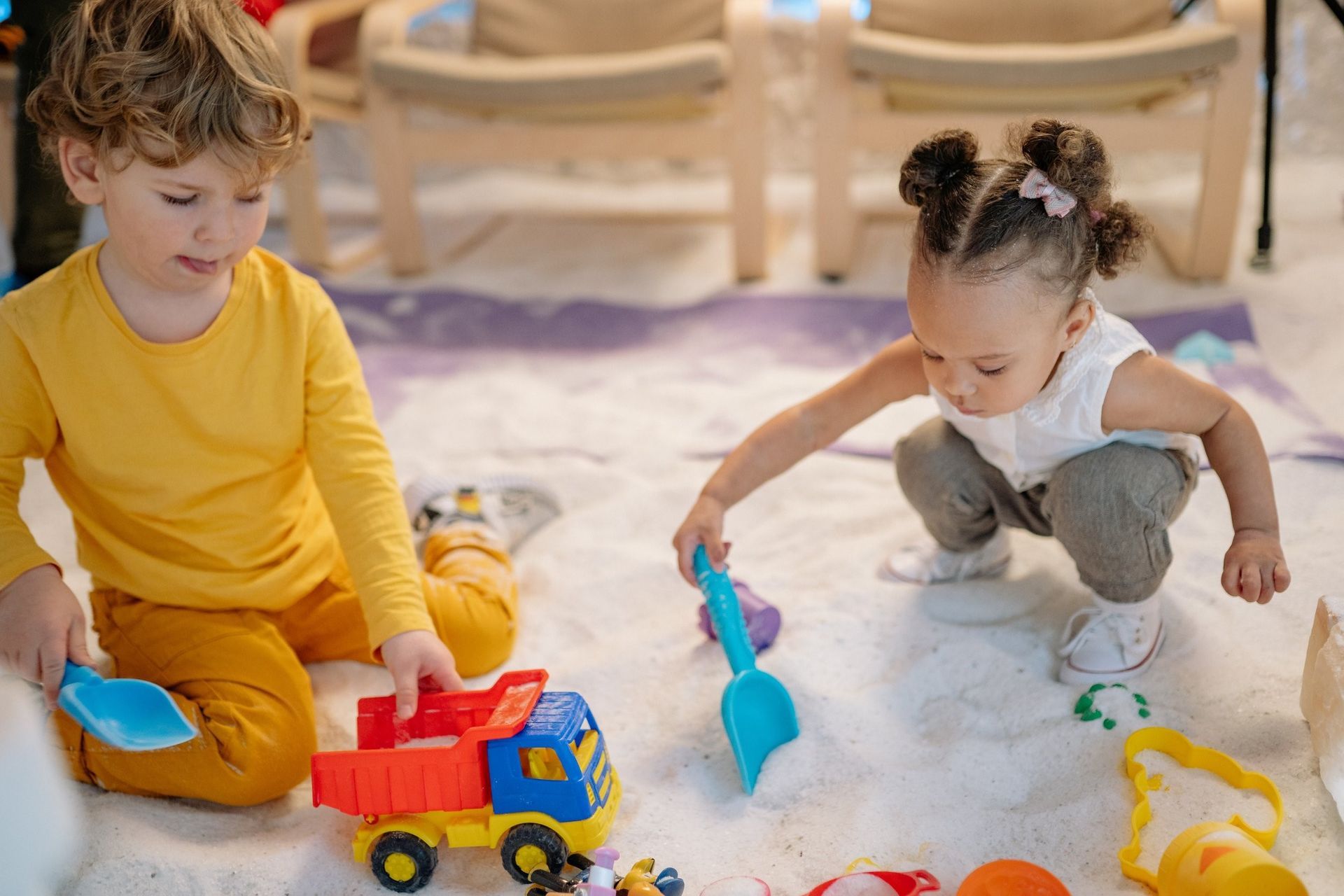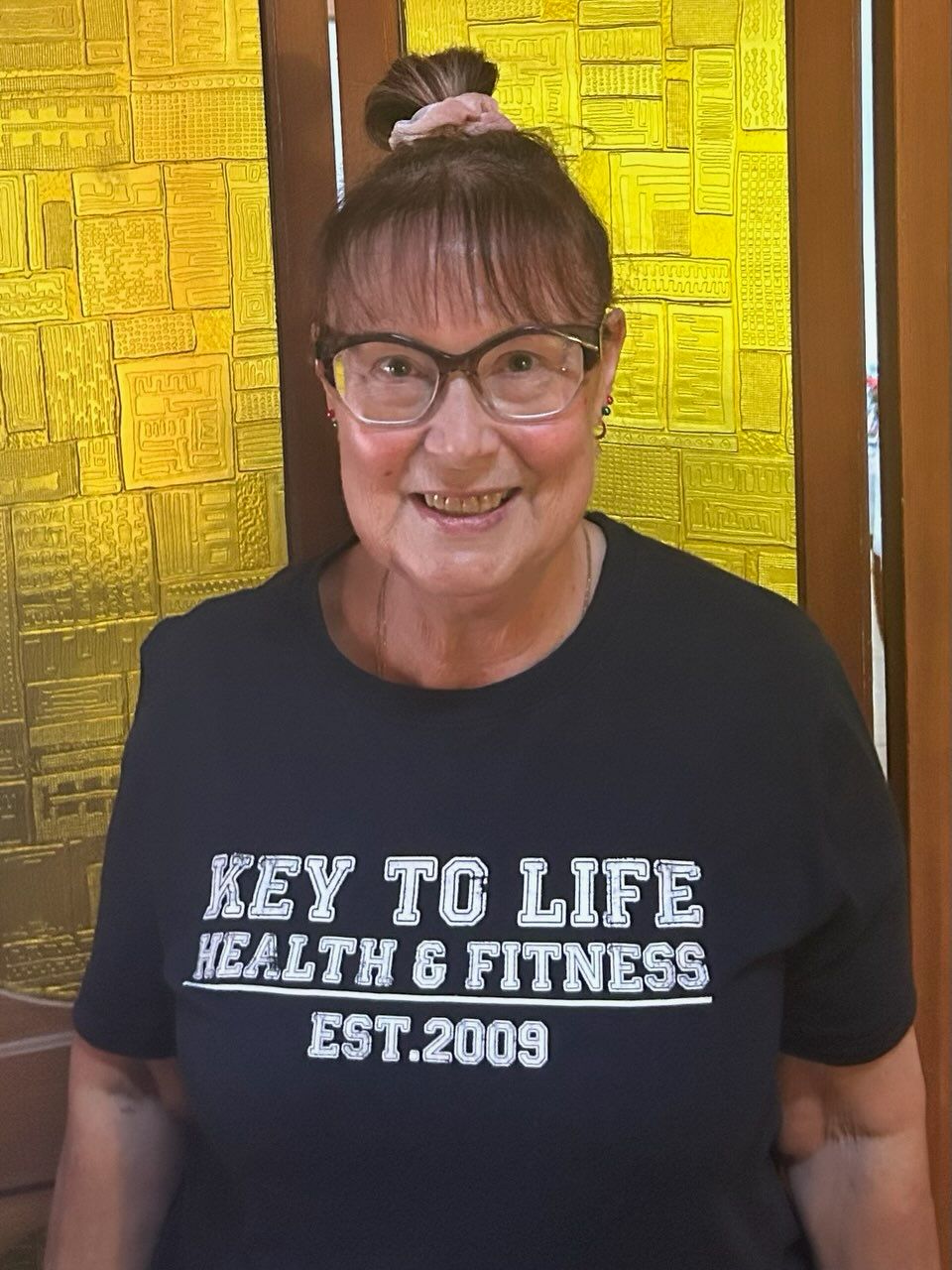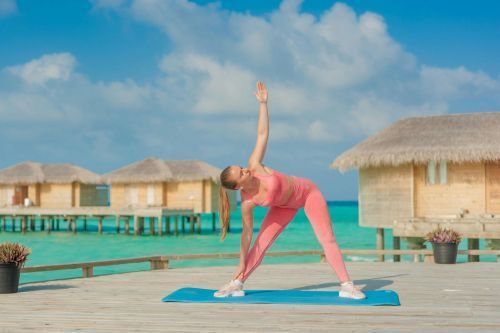The Importance of Children Exercising
The Importance of Children Exercising

It is important to set your kids up for the best success in life. This includes giving them skills to take care of themselves and their health.
Starting exercise from an early age is crucial for kids to experience, to learn about how to move and coordinate their bodies and develop health habits which will hopefully continue through their lives.
Every child has different interests so it may take a while to find something that they are interested in. But don’t give up, no one likes anchovies initially and then they end up loving them.
So what is the recommended amount of exercise….
Birth - 12 months
They should be physically active several times a day for at least 30 minutes accumulated over the day. Through things such as floor-based play, tummy time, anything where they are moving their arms and legs, reaching for things, crawling (obstacle courses are great!), pulling themselves up on furniture and walking.
It is recommended to not restrain an infant or for them to be sedentary for more than 1 hour at a time (this includes periods in highchairs, car seats, strollers). This does not include sleeping.
No screen time is recommended under 2 years of age.
Quiet time can include things that aid in their development such as reading, storytelling, signing and crafts.
For children to have enough energy to be active they need to have a good amount of sleep. From birth to 3 months babies should be getting about 14-17 hours of sleep including naps. From 4-11 months about 12-16 hours of sleep is recommended.
Toddlers 1-2 years
Toddlers should get at least 3 hours of physical activity, such as running, jumping, twirling, skipping, dancing and moving around in a way that lets them explore their body’s movements and environment around them.
It is recommended to not restrain a toddler for more than 1 hour at a time such as in prams, car seats and limiting the time they spend sitting or lying down.
No screen time is recommended.
During periods of inactivity choosing educational activities such as reading, stories, puzzles, building things, crafts, singing and dancing are good options.
Toddlers need about 11-14 hours of sleep a day including naps with regular sleep and wake times. Good sleeping habits developed early can assist in forming healthy sleep habits. Developing a regular sleep and wake time, having a calming bedtime routine, avoiding screens before bed can help with this.
3-5 years
Similar to toddlers, we want these kids to get at least 3 hours of activity throughout the day with at least 1 hour of energetic play such as running, playing games and races, kicking, throwing, jumping and dancing and still encouraging the discovery of their environment.
During periods of inactivity choosing educational activities such as reading, stories, puzzles, building things, crafts, singing and dancing are beneficial.
No longer than 1 hour of sedentary screen time per day (even less is better). If you are doing screen time, try to make it educational, this includes talking with your child about what they’ve watched and helping them learn and develop from it. They should also not be restrained from more than 1 hour at a time and limit sitting and lying down time.
At this age 10-13 hours of good quality sleep is important. Naps may still be needed at this time but children of this age should have regular sleep and wake times.
Sedentary screen time during early childhood can have long term impacts on a child’s development. Spending long periods of time sedentary and unsupervised screen time can lead to later development of language skills, shorter attention spans, becoming less ready for school and difficulties learning to read. *1
If your child has aches and pains during exercise and is continuously complaining, it may be an indication of an injury. Don’t just ignore it, bring them in to see one of our Osteos who will assess it and work out a plan to ideally keep your child as active as possible while managing pain and discomfort. If you notice something about your child’s movements for example when they run they favour one side or that your toddler always climbs with one side of their leg even when it should be easier to climb with the other may be another reason you may bring a child to see an Osteopath.
Finally, it is also important to lead by example, so as parents and role models to children we need to emphasise that we care about our own health and prioritise exercise. Which will influence your children's health behaviours and also will benefit you.
*1 https://www.health.gov.au/topics/physical-activity-and-exercise/physical-activity-and-exercise-guidelines-for-all-australians/for-infants-toddlers-and-preschoolers-birth-to-5-years
--
Dr Mariella Berry (Osteopath)
BSC (Osteopathy), MHSc (Osteopathy)







